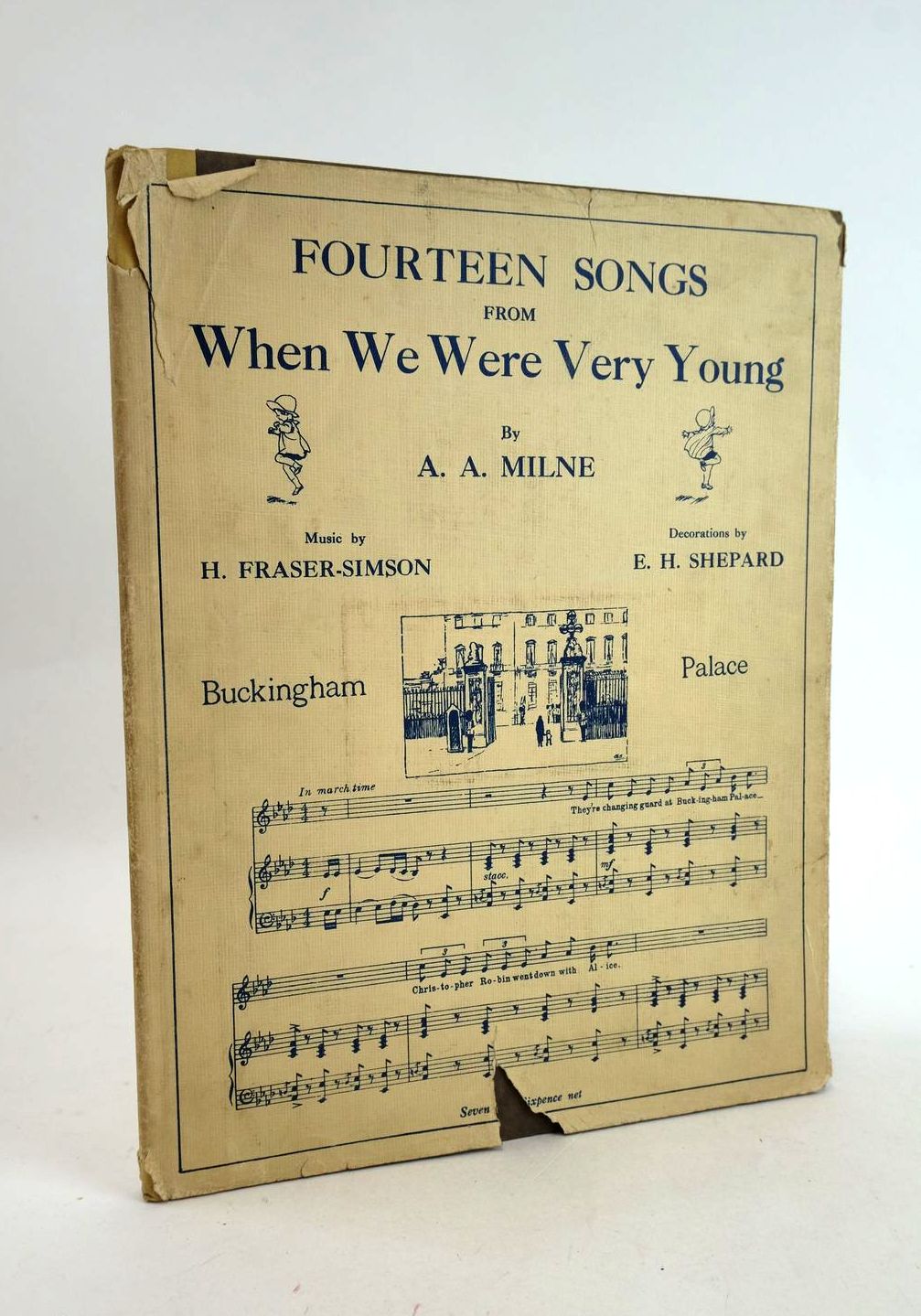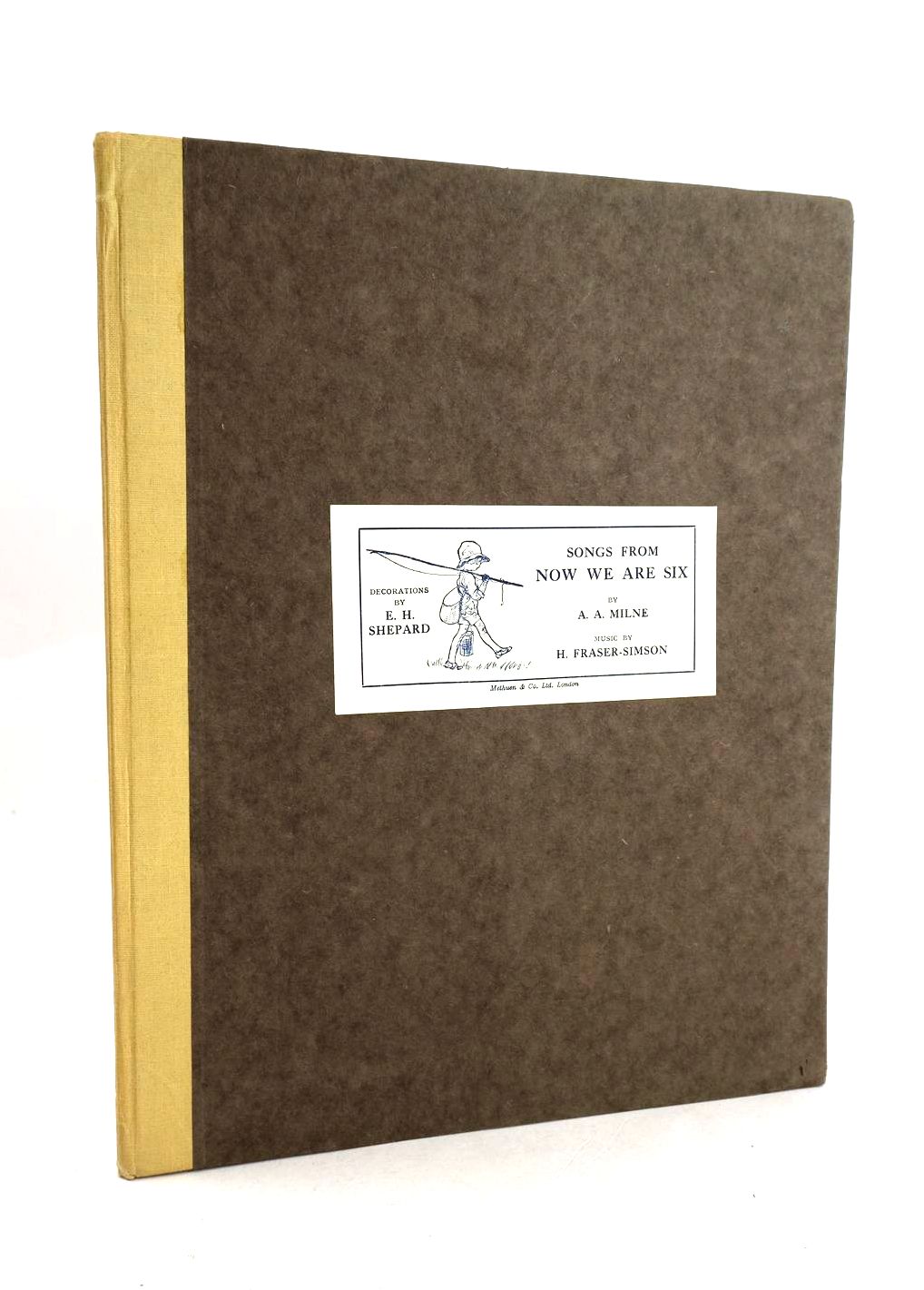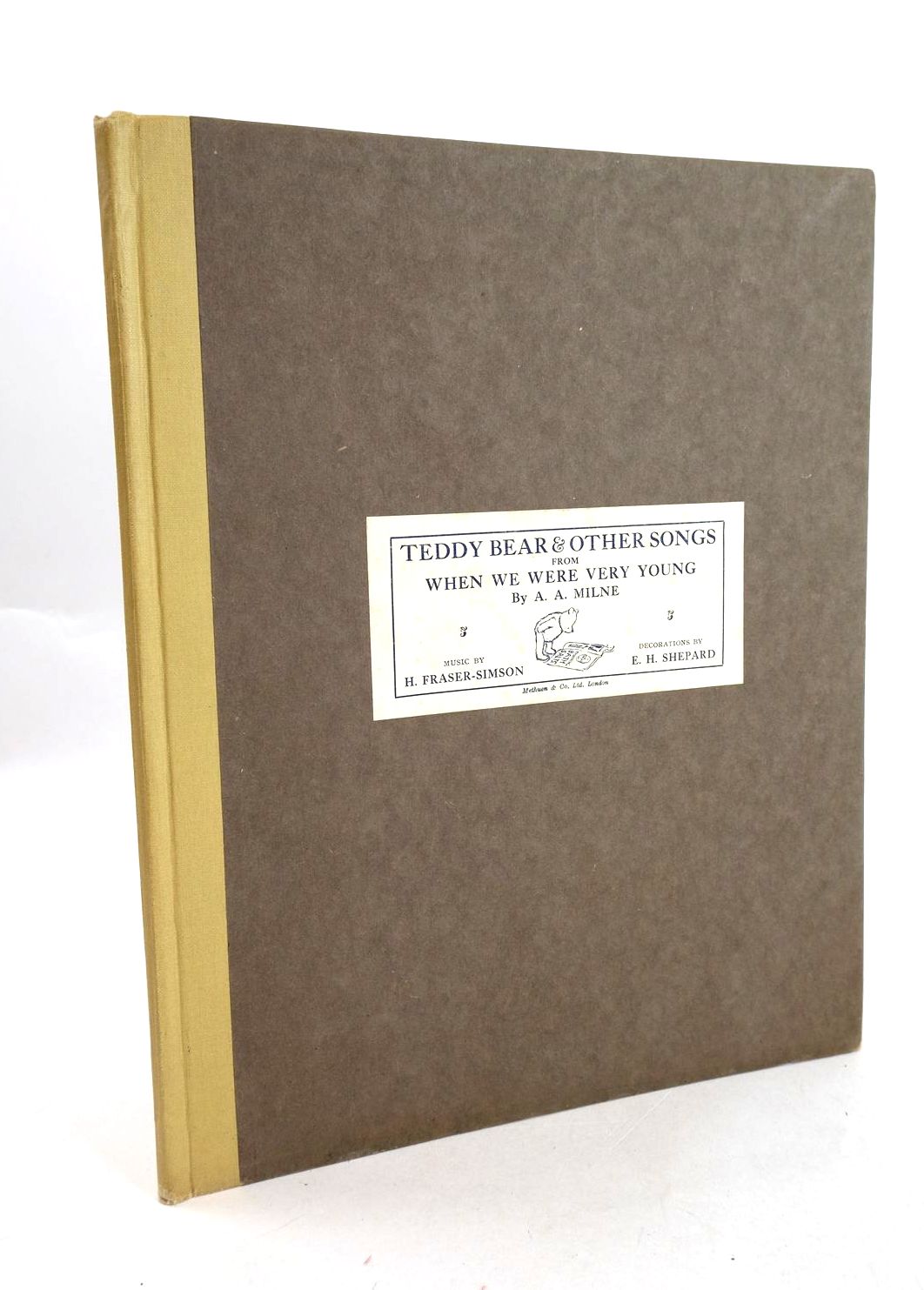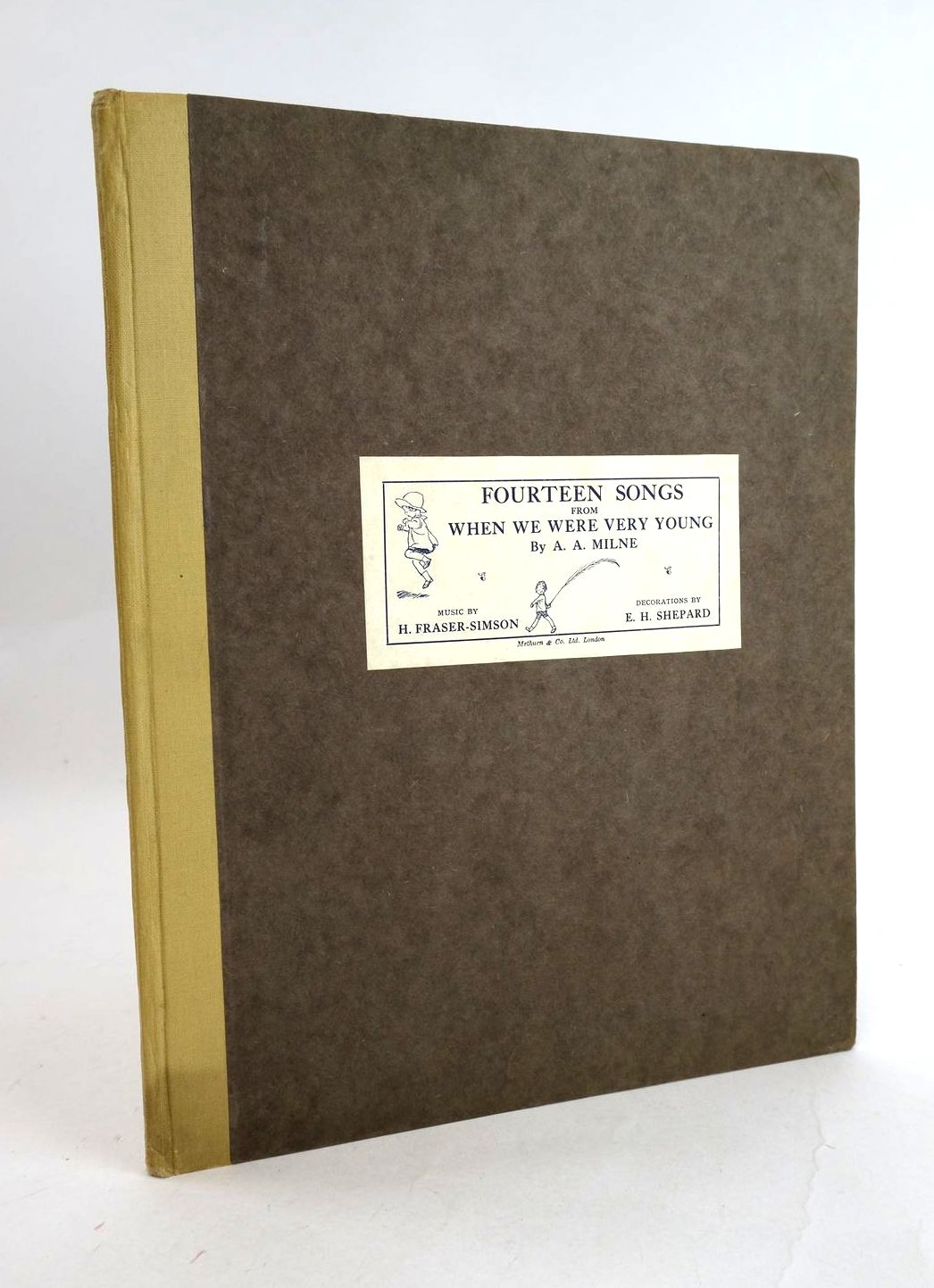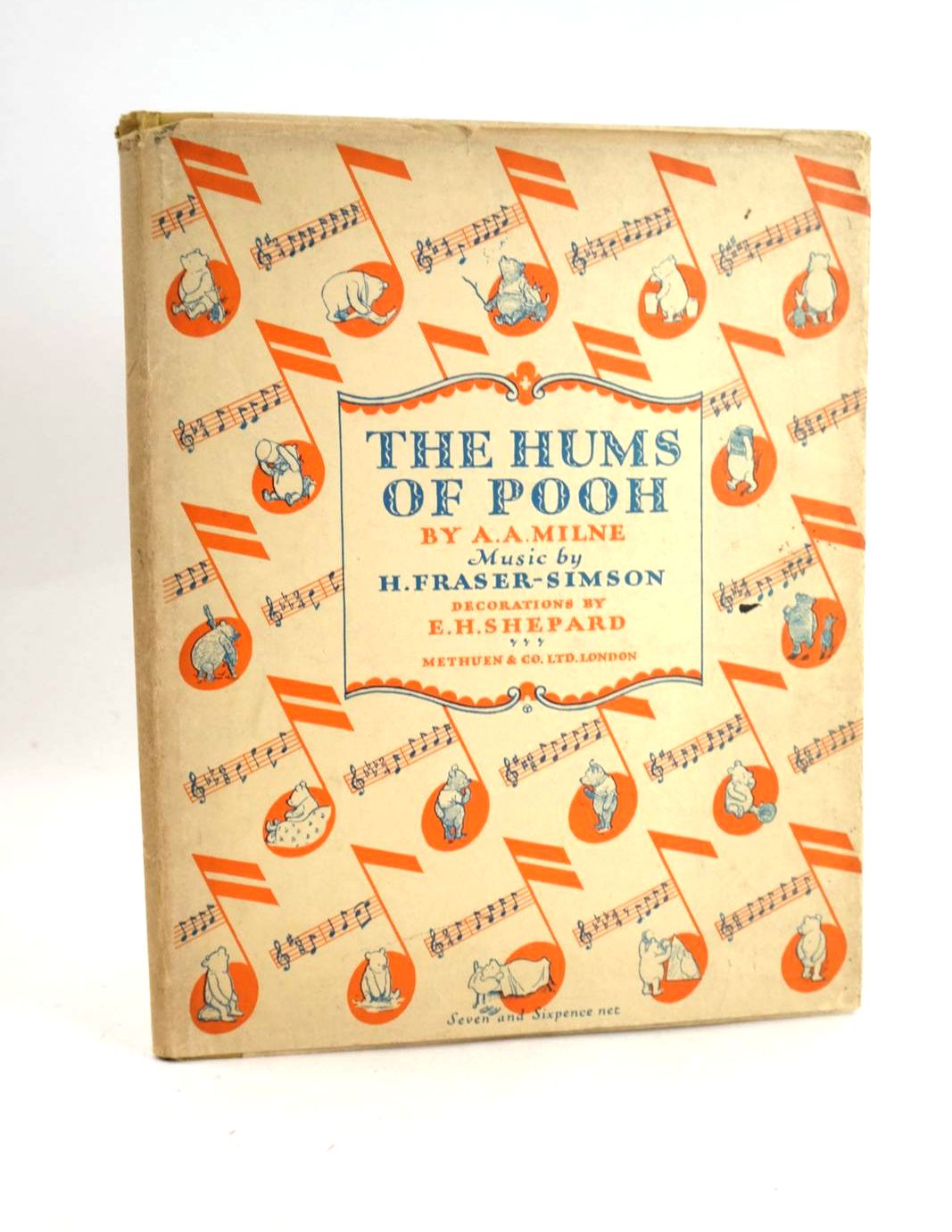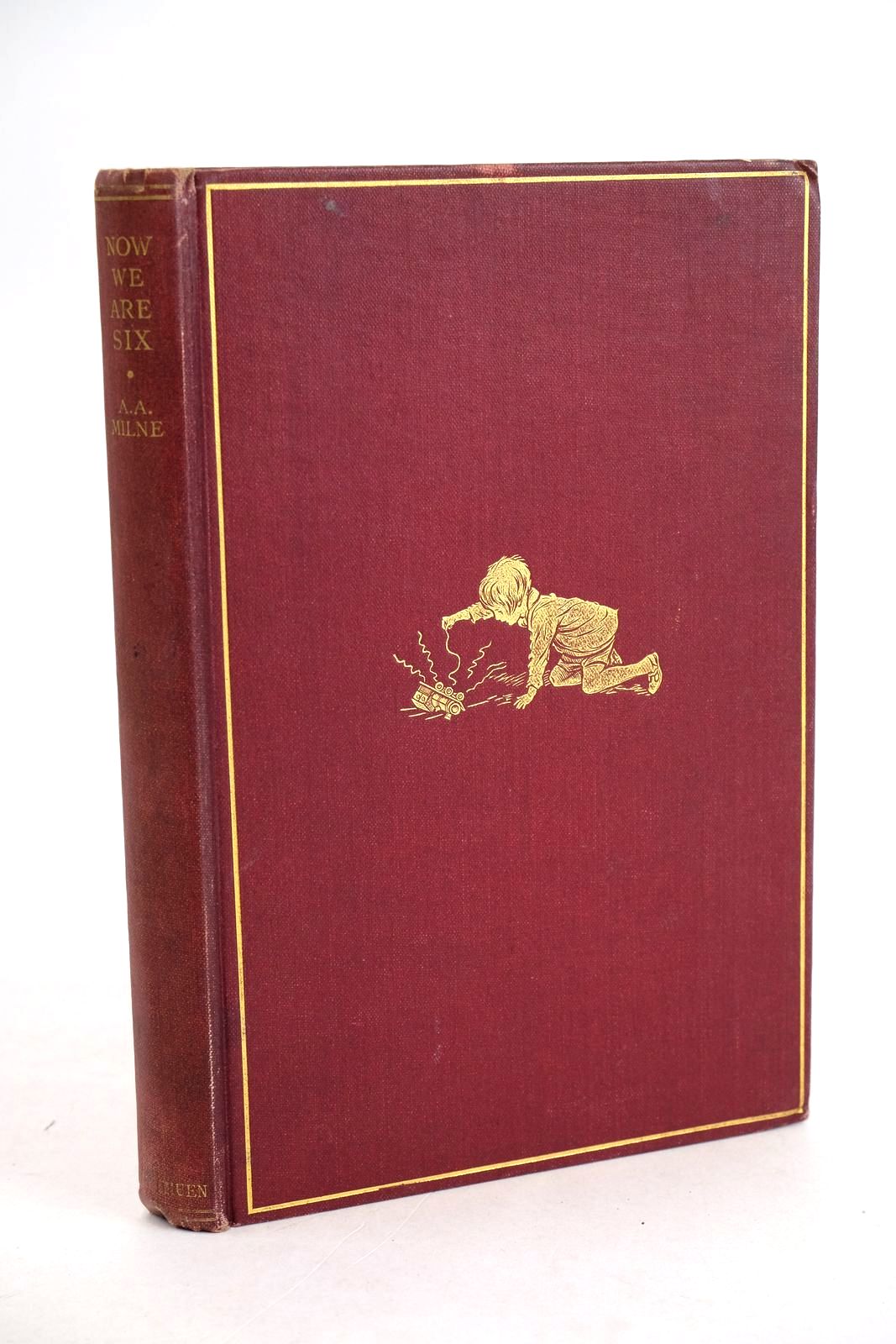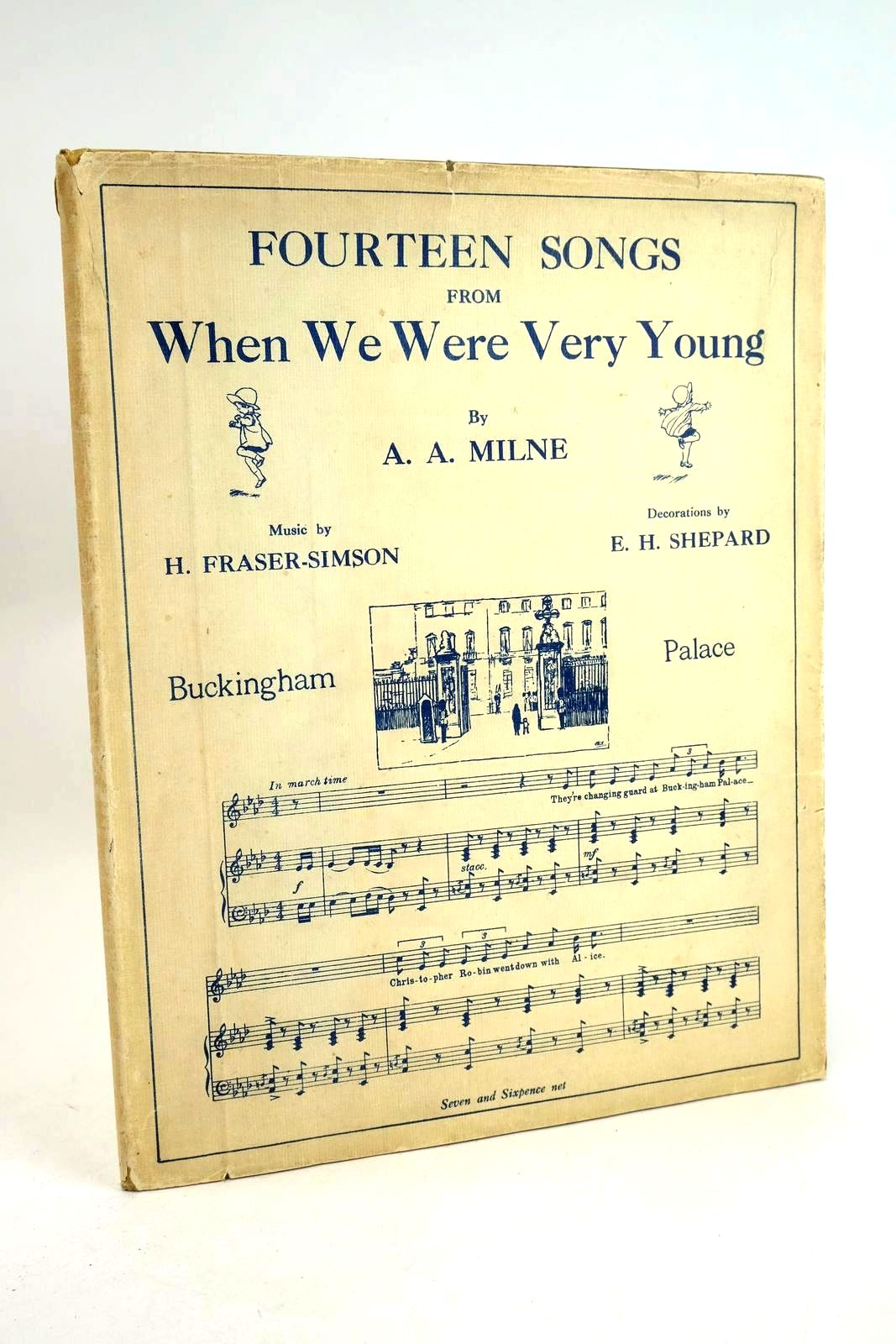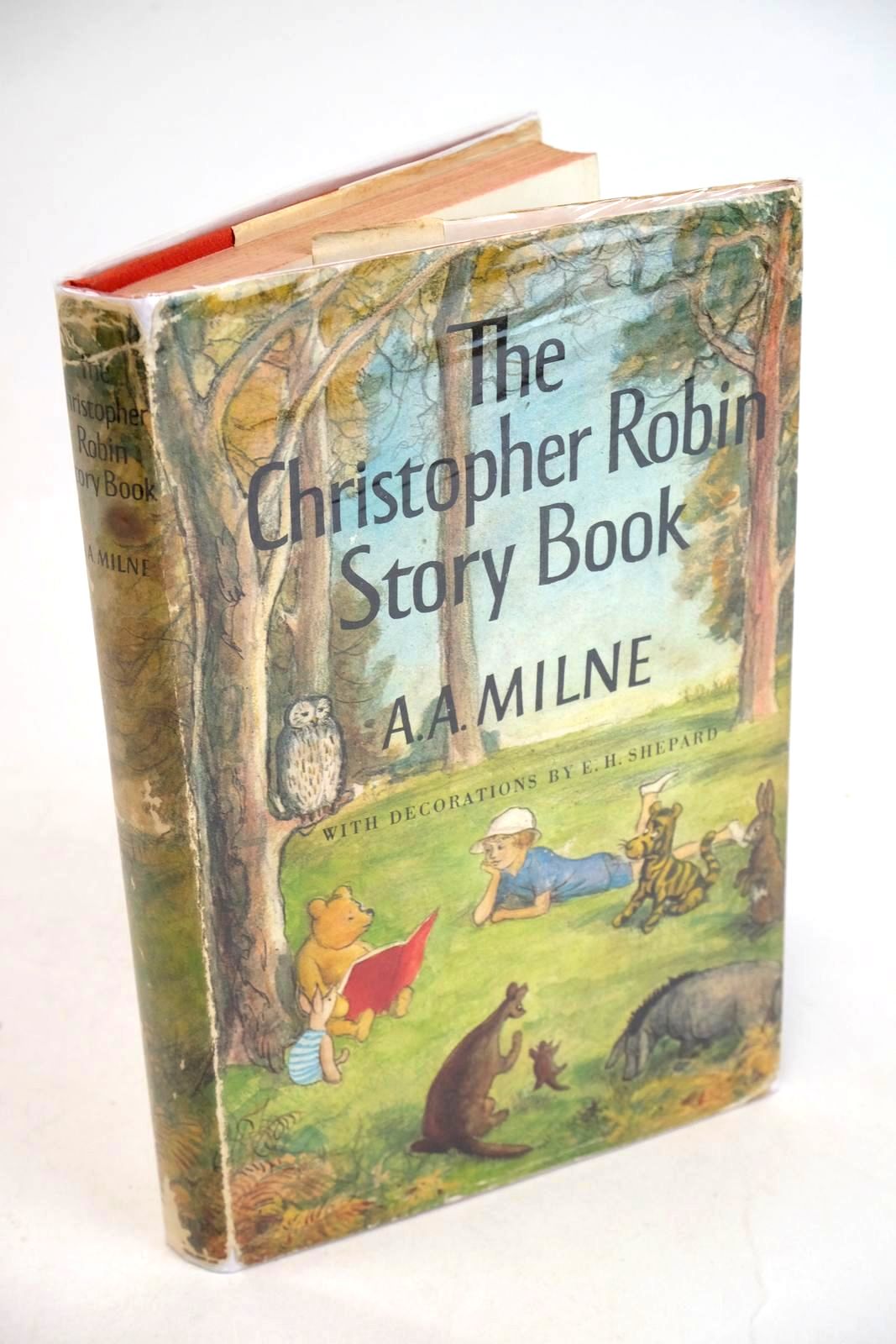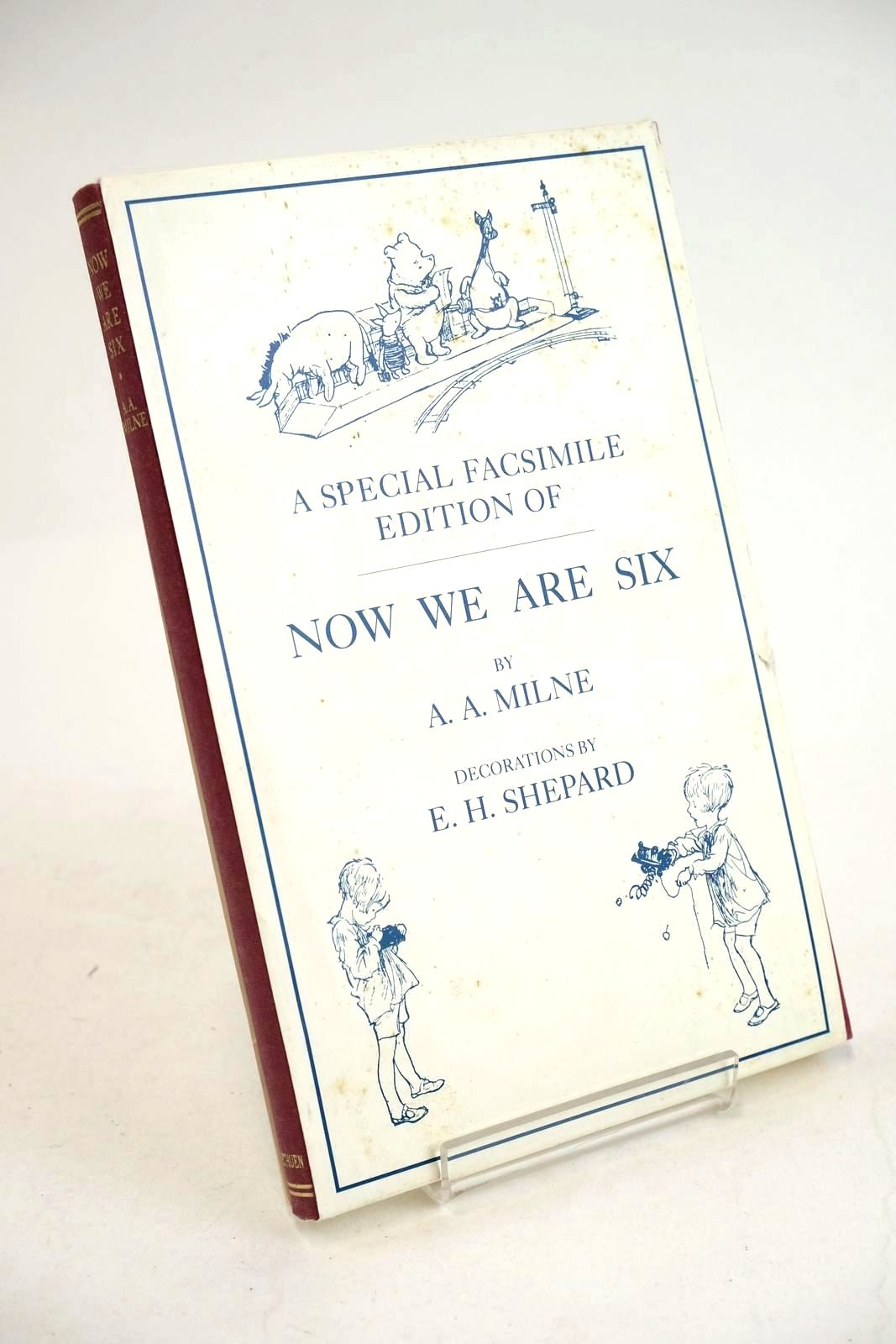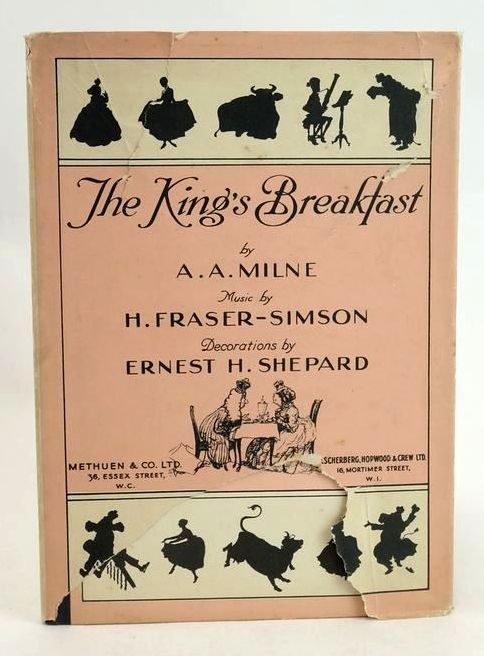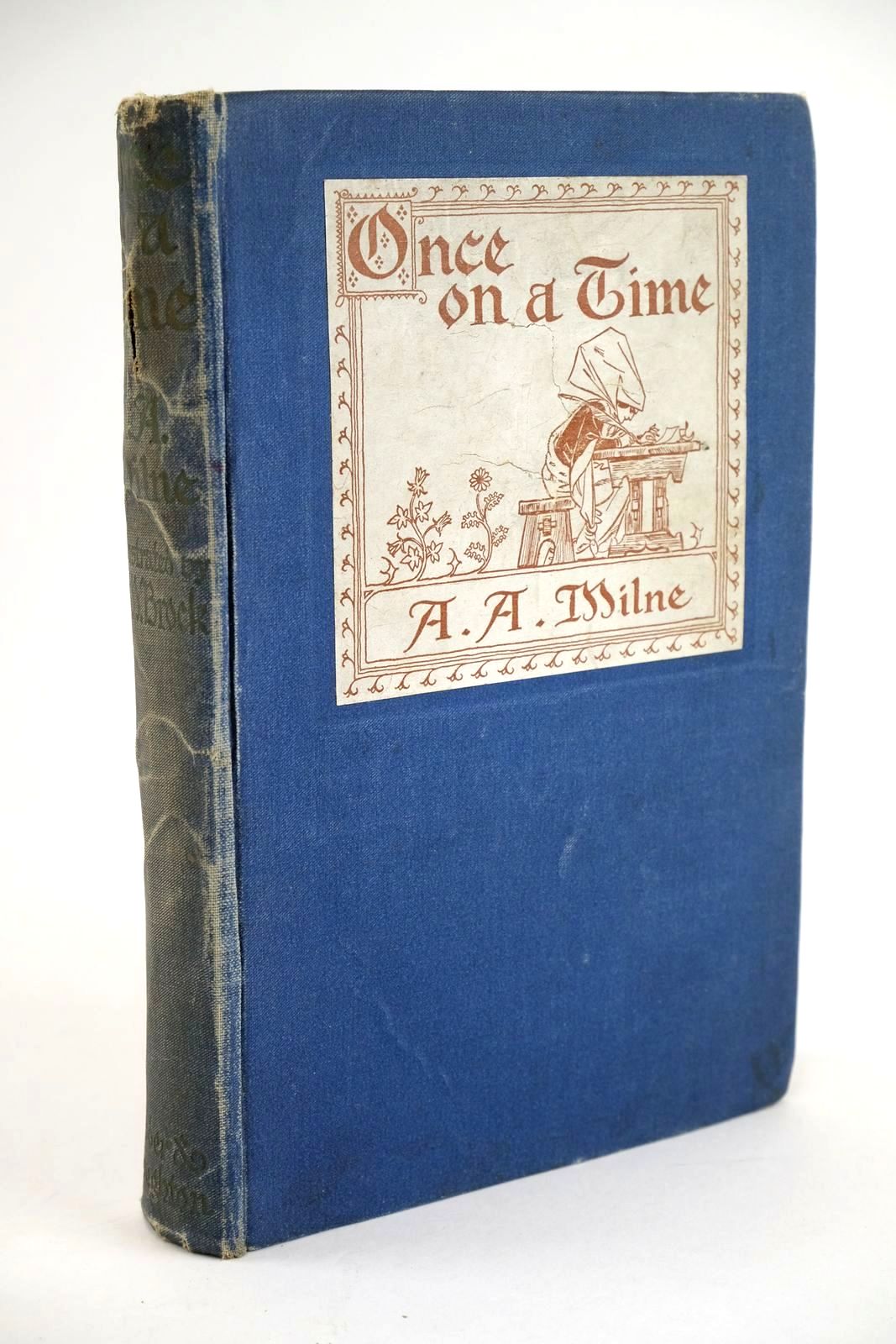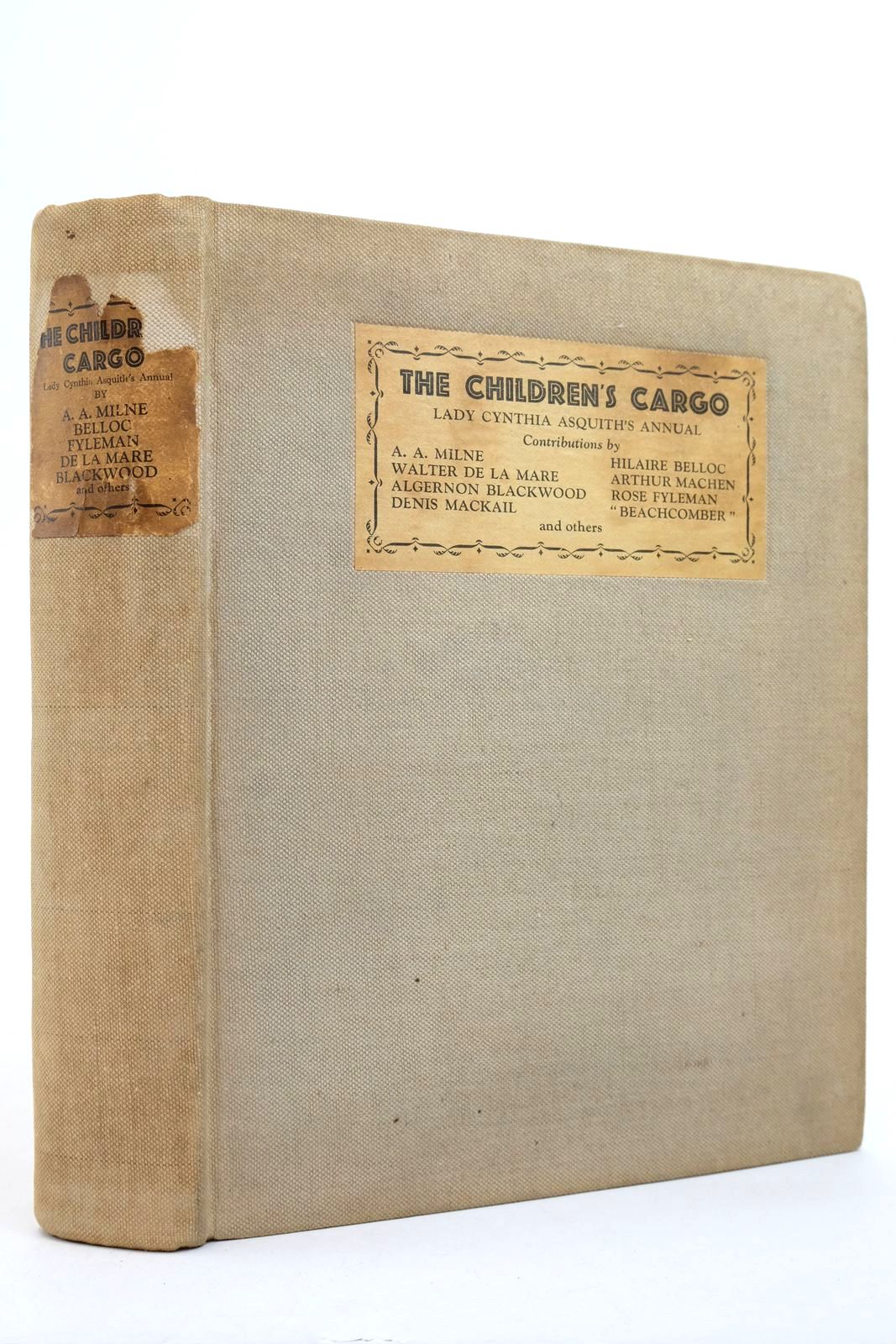Winnie The Pooh by A.A. Milne
 View current stock of this title
View current stock of this title
Many generations have come to know and love the self-confessed ‘bear of little brain’ – Winnie-The-Pooh. What though, do we know of his history?
Winnie-The-Pooh’s history starts way back during the first world war, when during a stop-off in Canada, on his way to Europe, a lieutenant called Harry Colebourn bought a small black female bear cub for 20 dollars from a hunter. He named her ‘Winnipeg’ after his home town of Winnipeg and she was called ‘Winnie’ for short. Winnie became the mascot for the brigade. When posted to France, Lt. Colebourn took Winnie to London Zoo, where she stayed on a long loan, until she was formally presented to the zoo in the December of 1919.
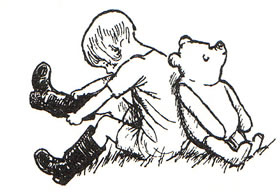 The bear became a popular zoo attraction, especially to one young boy, Christopher Robin Milne, son of author A.A. Milne. He used to visit Winnie and was even allowed to spend some time inside the cage with her. After these encounters, Christopher’s own teddy bear (originally called Edward the Bear), became‘Winnie-the-Pooh’.
The bear became a popular zoo attraction, especially to one young boy, Christopher Robin Milne, son of author A.A. Milne. He used to visit Winnie and was even allowed to spend some time inside the cage with her. After these encounters, Christopher’s own teddy bear (originally called Edward the Bear), became‘Winnie-the-Pooh’.
Why ‘Pooh’ you ask? The name of ‘Pooh’ was originally given to a swan in a poem from Milne’s book of verse for children ‘When We Were Very Young’, but was adopted to go with Winnie – making the famous bear’s name complete!
A.A. Milne then started writing a series of books about Pooh, Christopher Robin and their other friends at the 100 Acre Wood. All the characters, including Piglet, Eeyore, Tigger, Kanga and Roo were, like Pooh, based on stuffed animals that belonged to Christopher Robin. Other famous Pooh characters, such as Owl and Rabbit, were based on animals which lived in Ashdown Forest, Sussex, near Milne’s country home of Cotchford Farm. The 100 Acre wood was based on Ashdown forest and all the places where Winnie-The-Pooh and his friends enjoyed their adventures can still be found there.
E.H. Shepard, who illustrated the Pooh books, actually visited Milne’s home and Ashdown Forest and met Christopher Robin’s toys, before bringing the 100 Acre Wood and its characters to life with his beautiful line drawings.
Milne presented ‘Winnie-the-Pooh’ to his publishers, who were at the time expecting a suspense novel from him. However, after the success of his first book ‘When We Were Very Young’, the publishers decided to go along with Milne and ‘Winnie-the-Pooh’ was published byMethuen on October 14th 1926. The world was thus introduced to the magical world and adventures of a little boy and his family of toy animals.
In the first chapter, we are introduced to Winnie-the-Pooh and Some Bees and the stories begin. Each subsequent chapter takes us along with Pooh and his friends, as they Hunt Woozles, find Eeyore’s Tail and go on an Expotition to the North Pole amongst other things. In the final chapter, Christopher Robin gives a Pooh Party and we have to Say Goodbye – well at least until we are reunited with him in ‘The House at Pooh Corner’!
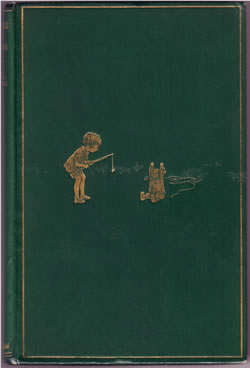
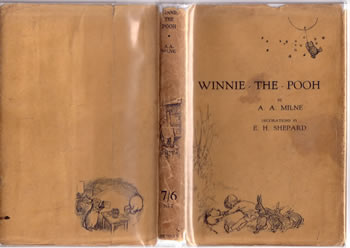
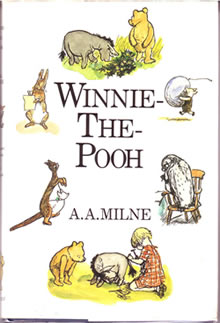
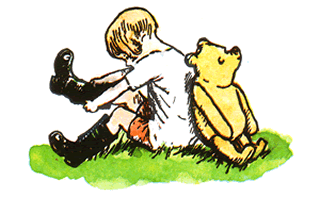
The 1st edition of Winnie-the-Pooh (1926) was bound in dark green cloth with a gilt border and vignette to the front cover, with gilt also to the top edges of the pages. Originally published in a dust wrapper, these are now scarce and a dust wrapper will increase the value of a 1st edition dramatically. A deluxe edition, in either red, green or blue leather binding was published the same year as the 1st and came in a slip-case. Also in the same year, a limited edition of 350 copies was printed and signed by both the author and the illustrator.
Since 1926, Winnie-the-Pooh has been published numerous times in differing formats. Nearly 50 years after he first illustrated the book, Shepard took up the challenge of taking his original line drawings and adding colour to them. This colour illustrated edition was first published in 1973 and enchanted a whole new generation of readers. The colour edition remains popular, with different chapters of Winnie-the-Poohbeing published individually as small books in their own right.
Which ever edition you choose, no children’s nursery (or adult’s library for that matter!) would be complete without a copy of ‘Winnie-The-Pooh’.
View all current stock of Winnie-the-Pooh books
Contributed by Joanne Hill
(Published on 18th Dec 2014 )


